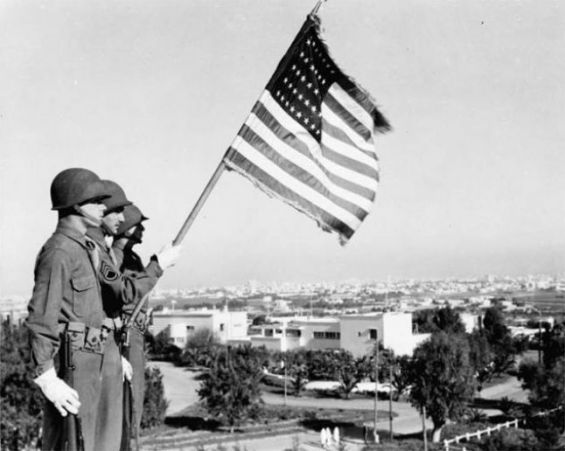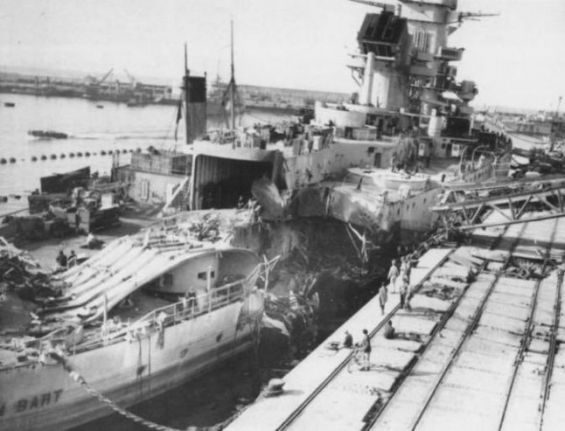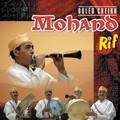In the spring of 1942, three years after the beginning of the Second World War, the Axis powers, also known as the Rome-Berlin-Tokyo Axis, were claimed victorious on all fronts. The Allied forces on the other hand were defeated and decided to react relying on an unexpected strategy. Indeed, their plan was to circle their enemy by occupying the southern Mediterranean coast and thus installing their military bases before liberating Europe.
Since then, making use of the territories occupied by France has become a crucial step. On the 8th of November 1942, the Allied forces landed in Morocco to fulfill the Operation Torch. Expected initially on October the 30th, in Morocco and Algeria, the operation took place only 9 days later causing what is called the Naval Battle of Casablanca led by the French forces present in Morocco.
From the United States to Dakar before landing in Morocco to avoid the Germans
Long before the spring of 1942, the Allied forces including the United States knew they can count on the Moroccan Kingdom even under the protectorate. Indeed, on the 3rd of September 1939, King Mohammed V, known then as Sultan Mohammed Ben Youssef, announced that Morocco is to support the Allied forces during the Second World War. A series of events followed, starting with the truce established between the Allies and the Axis forces and which lasted from June the 25th to November 8th of 1942.

«Under the command of General Eisenhower, the Anglo-American forces consisted of around 200 warships, 110 transport ships, 107,000 men and a significant number of aircrafts», said a document issued by the French Directorate of Memory, Heritage and Archives, entitled «Operation Torch : Allied invasion of North Africa November 8, 1942» («Mémoire et Citoyenneté» collection). To plan the operation, the «Center Task Force» and the «Eastern Task Force», a British commando, headed for Oran, Algeria, while the «Western Task Force», coming from the United States landed in Morocco. «In the early hours of November 8, the Allied fleet landed by the shores of Algeria and Morocco», said the same document.
Once in Morocco, the Allied forces targeted four strategic locations : Casablanca, Safi, Fedala (known as Mohammedia currently) and Mehdia. «The convoys targeting Safi, Fedala and Mehdia were coming from Norfolk. Cover forces sailed from Casco Bay. They joined five aircraft carriers from Bermuda, to form the most fantastic naval force ever launched in the oceans», said Lahlou Outtassi and Haj Abdelmalek in an article published by Maroc Hebdo International. The massive armada of Allied Forces had more than 103 buildings. It was «a 50km long linear meant to cross 8000 km in an ocean full of German submarines», said the same source.
«To trick the latter, the route taken made it look like the convoy was heading to Dakar ( …) When the Allied Forces reached the Axis submarines, it was already too late. GIs were gaining ground on the Moroccan coast. They found no Germans there, but a local army determined to defend the French empire against all offences».
The Naval Battle of Casablanca

The Naval Battle of Casablanca is known throughout Morocco’s modern history as a series of naval engagements fought between American ships and Vichy French ships that defended the neutrality of French Morocco in accordance with the Second Armistice at Compiegne during World War II. Present in the Kingdom, the French refused to host the Allied Forces for other particular reasons. «In Algiers ( …) a daring operation was carried out by some young patriots has been behind the neutrality of the Vichy forces», reports Pierre Sali, a historian, in an article entitled «Operation Torch, a turning point in the Second World War». In Oran and Morocco, the Anglo-American forces landing turned into a battle as Lahlou Outtassi and Haj Abdelmaled point out.
«The US forces, 9,000 men and 65 tanks, landed at Mehdia to seize Port Lyautey. In order to occupy Casablanca through the north and the south, they landed 19,000 men and 65 tanks at Fedala and 6,500 men and 108 tanks at Safi. 172 aircraft carriers provided air support».
In Casablanca, a major naval battle took place and lasted for three days. Charles Nogues, Resident-General in Morocco and Commander-in-Chief in French North Africa, refused to surrender. The French aircrafts launched the attack against the American forces in the ports of Casablanca and Fedala. The Americans placed first Massachusetts, Tuscaloosa and Wichita cruisers in front of the port, and the French forces did the same showcasing their Jean Bart notorious battleship. Three days later, the battle caused casualties in both camps and the French General finally surrendered. The cease-fire took place on the 10th of November, allowing the Americans to finally enter the city.
The Casablanca bombing
Starting from November the 8th, Le Petit Journal, a daily French newspaper, began publishing accounts of Moroccan who have witnessed the three-day naval battle. «I heard an alert just before dusk ( …) people were not afraid and continued their work», said one of them. Abdellah Erreddad, another Casablanca native quoted by «Mémoires du patrimoine moroccan» (6th volume, Nord Organization editions, 1986), stated that the Allied Forces distributed flyers using airplanes to reassure the inhabitants.
«The planes then moved away, leaving behind flyers coming down from a cloudless sky. Written in Arabic and French, with the photo of US President Franklin Roosevelt and that of General Eisenhower, indicating that the Americans came to fight our common enemy : the Germans».
Abdellah Erreddad, who used to live in Sour Jdid in Casablanca, also described how his house was shaken by the French and American bombings. The book even reports based on some accounts that bombs fell on one of the houses near the port of Dar El Beida.

Moreover, after two days of fighting, the Americans were indeed determined to bomb the economic capital, as reported by Lahlou Outtassi and Haj Abdelmalek.
«Faced by Nogues' and Michelier's refusal to surrender, General George Patton encircled the city and decided to put an end to the battle. At midnight his plans were established and his men were arranged in order of battle. However by 4:30 in the morning, his sources told him that the local army was preparing to surrender.»





 chargement...
chargement...













